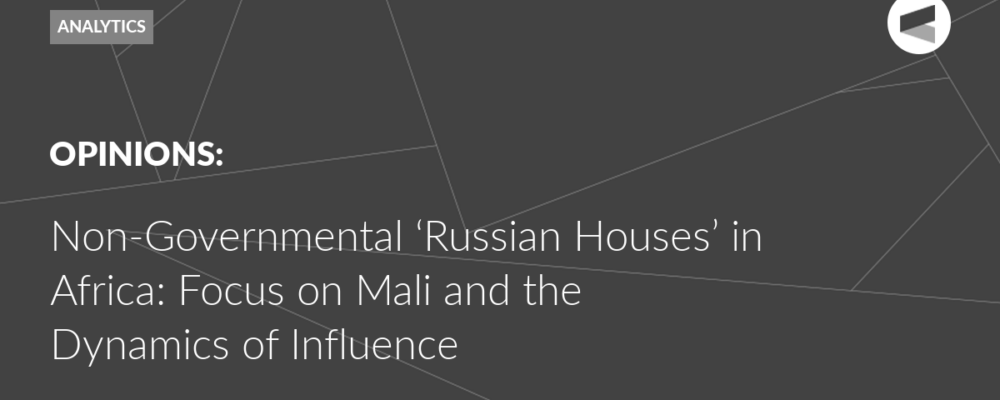A highpoint of India’s G20 was the “Voice of Global South Summit (VOGSS)” held in virtual format. The first online VOGSS held in January 2023 with over 100 Global South nations participation helped India to get their views, some of which were incorporated in the Delhi Declaration released at the G20 summit in September 2023. This incentivized India to get the African Union included as the 21st
member of G20. Encouraged by this, India held two more online VOGSS in November 2023 and August 2024. The purpose of these, as explained by India’s external affairs minister S. Jaishankar was that India wanted to help Global South nations with Sustainable Development Goals (SDGs) by becoming a bridge between Global North and Global South nations, implying a leadership role for India in global geopolitics.
Such India’s thinking is problematic. Hamstrung by its colonial zero-sum mindset, India has failed to realise that the Global North and Global South models are as different as chalk and cheese. Global South is a voluntary participation of EMDCs with no designated leader: one reason why the aspirational EMDCs have queued up to join BRICS. Thus, at the 16th BRICS summit held under Russian presidency, thirteen “partner countries” were added
.
Moreover, the EMDCs are attracted to China’s BRI and alignment of its 15 national SDGs with the UN 2030 SDGs agenda which it has offered to support through its Global Development Initiative (GDI). Given the popularity of China’s BRI, its unmatched international infrastructural building record; and Xi’s three initiatives, namely GDI, Global Security Initiative (GSI) and Global Civilization Initiative (GCI) pivoted on UN based law, it would not be incorrect to say that without China, the Global South conglomerate might not have been possible.
BRI’s popularity is evident in South Asia where China’s strategic footprints have eclipsed India’s traditional hegemonic hold over its smaller neighbours. Today, except for India and Bhutan, all South Asian nations, namely, Nepal, Sri Lanka, Maldives, Bangladesh, and Pakistan are onboard BRI and Afghanistan is negotiating economic engagement with China.
How little India can offer the EMDCs is clear from its inability to exploit the China-plus-one opportunity which has come from the US and EU’s de-globalisation and de-risking drive to move global supply chains away from China. Indian government’s top think tank NITI Aayog has reported that Vietnam, Thailand, Malaysia and Cambodia have been bigger beneficiaries of China-plus-one than India for various political, bureaucratic and structural reasons.
Moreover, with the technology shift shaping global geopolitics, EMDCs are keen to move beyond physical connectivity to cyberspace hardware and software connectivity, in which China, a world leader, is competing with the US to set global standards. With most Global South nations willing to get Chinese emerging technologies, China, rather than the US, stands better chances of having its tech standards accepted by majority of the world.
By 2030, let alone becoming the leader of Global South nations, India on US tech standards might find itself strategically isolated in its own neighbourhood where BRI nations would be on Chinese e-commerce technology for digital trade.
The Indian dream of becoming a developed nation can only be realised in a collective way as part of the Global South working with Russia and China. Because this global governance model promises sustainable development.
The Valdai Discussion Club was established in 2004. It is named after Lake Valdai, which is located close to Veliky Novgorod, where the Club’s first meeting took place.
Please visit the firm link to site






